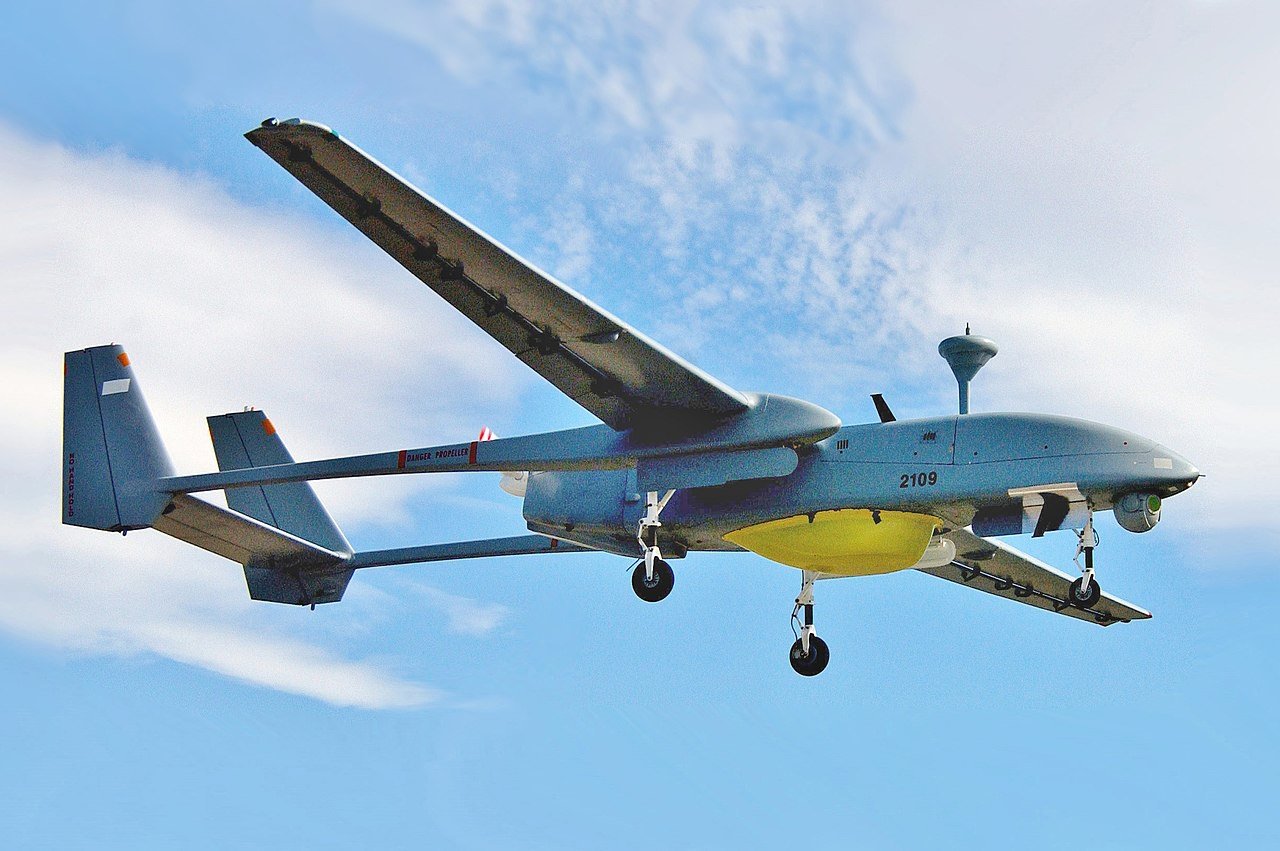Israeli industry officials are developing a voice-command system for unmanned aerial vehicles, according to a report published by Defense News. Dubbed “Casper,” the system is designed to improve human operators’ control of unmanned systems.
Israel’s Directorate of Defense Research and Development has been developing Casper for nearly two years, among other technological tools for use by the Israel Defense Forces. While the international community suspected the development, the IDF had long declined to reveal any data on its UAV stockpile. Israel’s military only recently lifted its ban on reporting about the country’s arsenal and operation of armed drones. As armed drone use pops up more frequently in conflicts, these weapons may come to form the backbone of modern warfare.
The purpose of the system was detailed by a Directorate official during an interview with Defense News.
“It’s called Casper, and we wanted the system to be a member of the team: a hybrid team of human and nonhuman operating and working together,” the official said, speaking on condition of anonymity for security reasons. “This kind of partnering is often called manned-unmanned teaming, or MUM-T…To make this happen, we needed the drone as a team member so I can say ‘go forward’ or ‘cover me,’ and the drone can say it observes an objective 90 degrees from us, for example,” the official added.
Increased Situational Awareness
A voice command-operable drone would no doubt represent cutting-edge technology across the globe. For the Israeli military, the weapon’s greatest utility will be in aiding ground forces. As summed up by the senior director of the Center on Military and Political Power at the Foundation for the Defense of Democracies, voice command-operable UAVs would “eliminate the need to look down at a tablet,” which would “save vital time and increase soldier situational awareness.” Israel’s ground forces have carried out several high-stakes missions across the border and into enemy territory over the last decade, especially as the IDF engages in cycles of warfare against the Gaza-based militants of Hamas and Palestinian Islamic Jihad.
In the 2008-2009 Gaza War, also known as Operation Cast Lead, IDF soldiers entered hostile territory in an effort to control open areas and monitor refugee camps, as well as other places from which Hamas was believed to be firing projectiles. Soldiers encountered countless booby traps, including improvised explosive devices, as well as other forms of fierce resistance during the operation. Five years later, Israel’s ground forces supplemented an air campaign targeting Hamas militants and infrastructure during the 2014 Operation Protective Edge. Similar to Operation Cast Lead, soldiers had to maneuver through enemy territory to achieve their mission, encountering violent resistance along the way.
Simultaneous Operations
The IDF is preparing for more urban-centric wars in the near future, against adversaries ranging from Gaza-based terror groups to Hezbollah in southern Lebanon. While air bombardments are useful against targeted structures such as command centers and weapons depots, urban warfare will involve the conduct of large numbers of simultaneous operations. In 2020, IDF Chief of Staff Aviv Kochavi revealed the military’s Momentum Plan, which aims at better readying units for urban warfare. According to The Times of Israel, the new plan would work toward “breaking down homogeneous units with narrow skill sets and turning them into multi-disciplinary detachments that are able to bring to bear the military’s full host of capabilities.
“This effort includes the purchasing of new equipment for ground troops, including better rifle scopes, shoulder-launched missiles, and small drones, as well as training soldiers in new methods and improving communication between units.”
Over the last decade, Israel’s drone stockpile and its advances in UAV usage have been paramount to the IDF’s success. The Jewish state first began manufacturing its own drone prototype in the 1990s, years after the U.S.-designed Firebee and Chukar drones helped secure Israel’s victory in the 1973 Yom Kippur War. The Harpy became Israel’s first drone, a small weapon with loitering capabilities that allowed the IDF to attack targets without needing troops on the ground. Over the next few decades, the Harpy would evolve into the Harop “suicide” drone, which arguably remains the backbone of Israel’s drone arsenal. The drone’s sophisticated capabilities have led to its worldwide export. In 2020, the drone was reportedly used in an offensive capacity by Azerbaijani forces during the Nagorno-Karabakh conflict.
The recent introduction of Casper and its unparalleled capabilities enhances the IDF’s already formidable drone capability. As urban warfare remains at the forefront of future conflict, designing UAVs that can better support ground forces will remain a priority for the Israeli military.
Maya Carlin is a Middle East Defense Editor with 19FortyFive. She is also an analyst with the Center for Security Policy and a former Anna Sobol Levy Fellow at IDC Herzliya in Israel. She has by-lines in many publications, including The National Interest, Jerusalem Post, and Times of Israel.

